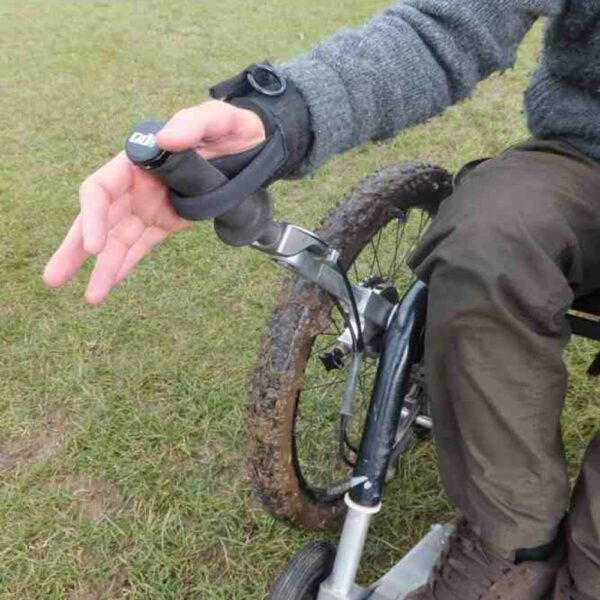

LOOP BACK DEVICE SOFTWARE
This permits software testing and local services, even in the absence of any hardware network interfaces.
LOOP BACK DEVICE DRIVER
Such packets are never passed to any network interface controller (NIC) or hardware device driver and must not appear outside of a computing system, or be routed by any router. The processing of any packet sent to a loopback address, is implemented in the link layer of the TCP/IP stack. Its purpose and definition was unchanged in 1998,, 2003,, and up to the current definition, in 2006. įrom the outset, in 1995, the single IPv6 loopback address ::1 was defined.

Its purpose as a Special Use IPv4 Address block was confirmed in 1994,, 2002, 2010,, and last in 2013. This block was officialy assigned for loopback purposes in 1986. In 1981, the block 127.0.0.0 / 8 got a 'reserved' status, as not to assign it as a general purpose class A IP network. Domain name registrars are precluded from delegating domain names in the top-level. localhost is reserved as a top-level domain name, originally set aside to avoid confusion with the hostname localhost. The mapping of localhost to addresses other than the designated loopback address range in the hosts file or in DNS is not guaranteed to have the desired effect, as applications may map the name internally. In addition to the mapping of localhost to the loopback addresses ( 127.0.0.1 and ::1), localhost may also be mapped to other IPv4 (loopback) addresses and it is also possible to assign other, or additional, names to any loopback address. When authoritative name servers receive queries for 'localhost' in spite of the provisions mentioned above, they should resolve them appropriately.To avoid burdening the Domain Name System root servers with traffic, caching name servers should never request name server records for localhost, or forward resolution to authoritative name servers.Queries for localhost should not be sent to caching name servers. When a name resolver receives an address (A or AAAA) query for localhost, it should return the appropriate loopback addresses, and negative responses for any other requested record types.Applications may resolve the name to a loopback address themselves, or pass it to the local name resolver mechanisms.An IPv4 or IPv6 address query for the name localhost must always resolve to the respective loopback address.

The name may also be resolved by Domain Name System (DNS) servers, but there are special considerations governing the use of this name: This resolution is normally configured by the following lines in the operating system's hosts file: The name localhost normally resolves to the IPv4 loopback address 127.0.0.1, and to the IPv6 loopback address ::1. The standard precludes the assignment of that address to any physical interface, as well as its use as the source or destination address in any packet sent to remote hosts. In the IPv6 addressing architecture there is only a single address assigned for loopback: ::1. However, they can be used to set up multiple server applications on the host, all listening on the same port number. The address 127.0.0.1 is the standard address for IPv4 loopback traffic the rest are not supported by all operating systems. That means any packet sent to any of those addresses is looped back. IPv4 network standards reserve the entire address block 127.0.0.0 / 8 (more than 16 million addresses) for loopback purposes. For example, a locally installed website may be accessed from a Web browser by the URL to display its home page. The local loopback mechanism may be used to run a network service on a host without requiring a physical network interface, or without making the service accessible from the networks the computer may be connected to. Using the loopback interface bypasses any local network interface hardware. It is used to access the network services that are running on the host via the loopback network interface. The name localhost is reserved for loopback purposes. In computer networking, localhost is a hostname that refers to the current computer used to access it.


 0 kommentar(er)
0 kommentar(er)
